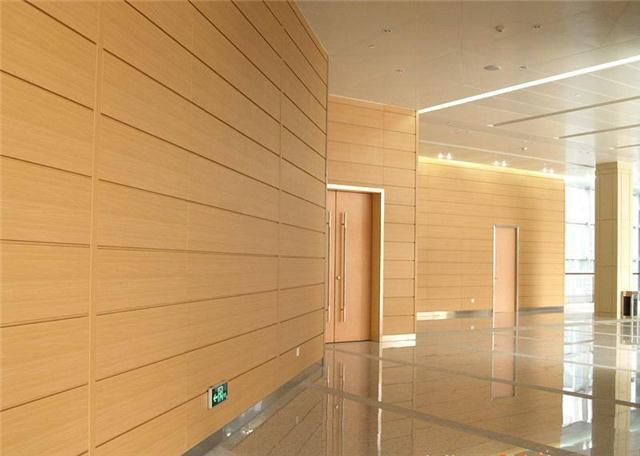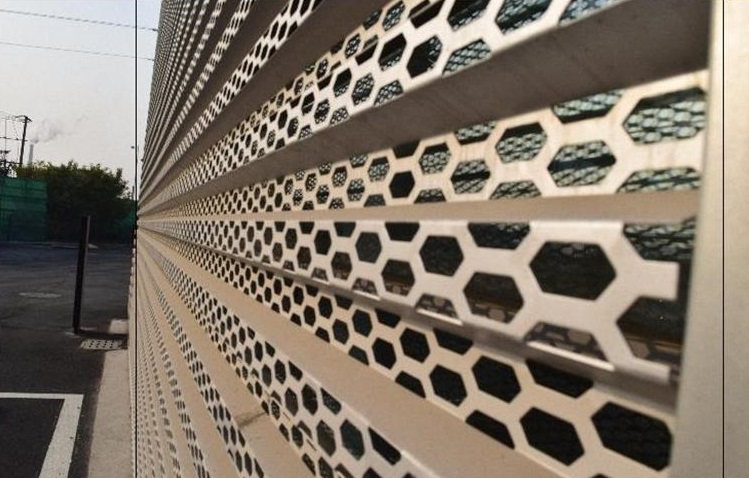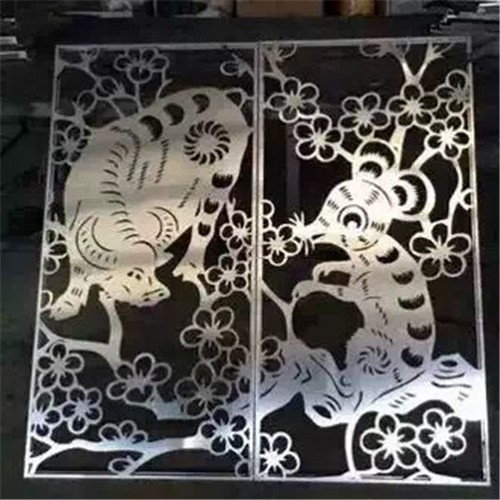Frequently asked questions
Company News
- Fluorocarbon aluminum veneer: the shining pearl of modern architecture?
- Painted aluminum veneer: the new favorite of aluminum materials, the new trend of fashionable home furnishings
- Let's talk about aluminum veneer customization. You may think it's quite high-end, but actually
- Aluminum veneer: an invisible hero in the construction industry, revealing its extraordinary charm
- Fluorocarbon aluminum veneer: a fashionable choice for modern architecture
Industry dynamics
- The architectural aesthetics behind aluminum veneer
- Aluminum veneer decoration, creating a new trend of fashionable home decor!
- Customized aluminum veneer, creating a new trend of personalized space
- Fluorocarbon aluminum veneer: the green guardian of future buildings?
- Unveiling the 'mysterious veil' of fluorocarbon aluminum veneer
Frequently asked questions
- Can aluminum veneer be used for building facade design?
- How to evaluate the impact of aluminum veneer's removability on the appearance of buildings?
- How many color and texture options are available for aluminum veneer?
- What is the thermal conductivity of aluminum veneer?
- Has the production process of aluminum veneer reduced water resource consumption?
contact us
Mobile:+86 15627778610
Email: 2201229786
Address: No. 5 Binjiang Road, High tech Zone, Zhaoqing City, Guangdong Province
What is the thermal conductivity of aluminum veneer?
- Author: Supreme Building Materials (Guangdong) Co., Ltd
- Release time: 2022-02-24 04:37:24
- Click:0

Aluminum veneerWhat is the thermal conductivity of?
Abstract: This article will elaborate on the thermal conductivity of aluminum veneer from four aspects, including material properties, thermal conduction mechanism, experimental testing, and application fields. By exploring these aspects, readers will have a deeper understanding of the thermal conductivity of aluminum veneer.
1、 Material characteristics
1. The composition of aluminum veneer: Aluminum veneer is a thin sheet material made of pure aluminum or aluminum alloy, which has the characteristics of lightweight, corrosion resistance, and good weather resistance.
2. The relationship between thermal conductivity and material properties: Aluminum veneer has good thermal conductivity, which is determined by the high thermal conductivity of aluminum and the special properties of the veneer structure.
3. Other factors that affect thermal conductivity: In addition to the characteristics of the material itself, factors such as thickness and surface treatment of aluminum veneer can also affect thermal conductivity.
2、 Thermal conduction mechanism
1. Ordinary thermal conductivity: Aluminum veneer conducts heat from one area to another through ordinary thermal conductivity, which is caused by the high thermal conductivity of aluminum.
2. Radiation heat transfer: Aluminum veneer can also transfer heat through radiation heat transfer, due to the radiation characteristics of the surface of the aluminum veneer.
3. Convection heat transfer: Under specific conditions, aluminum veneer can also transfer heat through convection heat transfer.
3、 Experimental testing
1. Thermal conductivity experiment: Scientists measure the thermal conductivity of aluminum veneer through experiments to obtain accurate data.
2. Thermal imaging technology: By using infrared thermal imaging technology, the thermal conductivity of aluminum veneer can be visually observed.
3. Other testing methods: In addition to the above methods, there are also other testing methods that can be used to evaluate the thermal conductivity of aluminum veneer.
4、 Application Fields
1. Construction industry: Aluminum veneer, as a decorative material for building exterior walls, is widely used in energy-saving buildings due to its low thermal conductivity.
2. Electronics industry: Aluminum veneer has important applications in the field of electronic heat dissipation, and its high thermal conductivity can effectively dissipate the heat generated by electronic devices.
3. Other fields: Aluminum veneer can also be used in automotive manufacturing, aerospace and other fields, and its thermal conductivity is crucial for the heat dissipation needs in these areas.
5、 Summary
In summary, the thermal conductivity of aluminum veneer is relatively high, which is determined by the high thermal conductivity of aluminum and the special properties of the veneer structure. Through experimental testing and exploration of application fields, we can see that the thermal conductivity of aluminum veneer plays an important role in construction, electronics, and other fields.







 Customer service QQ
Customer service QQ